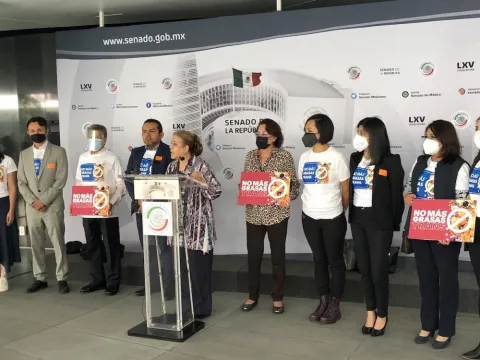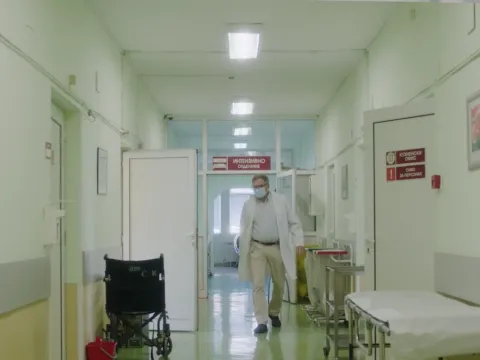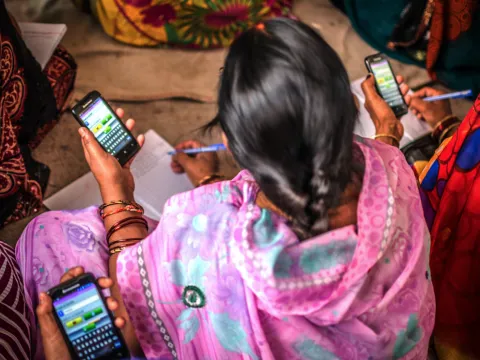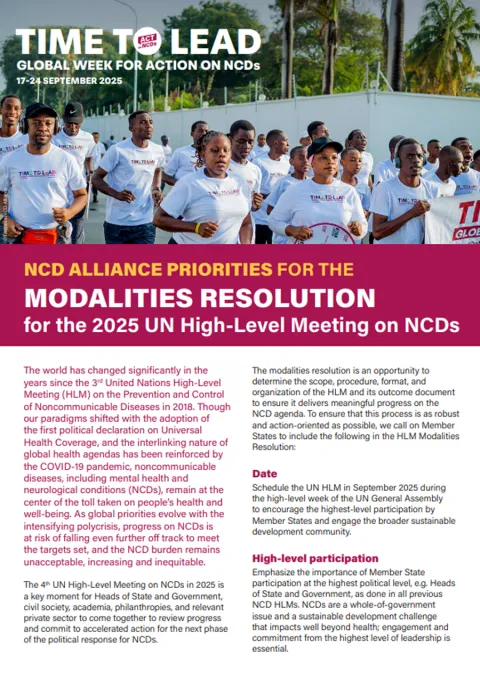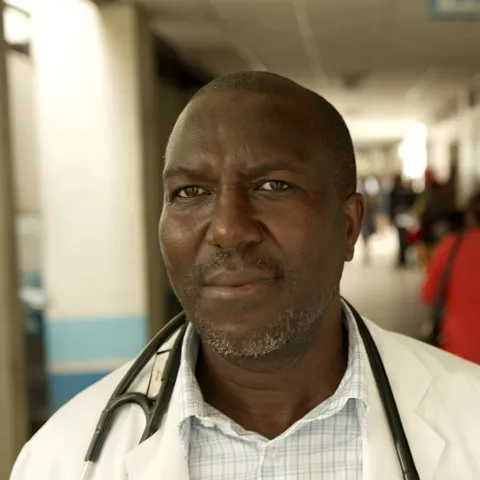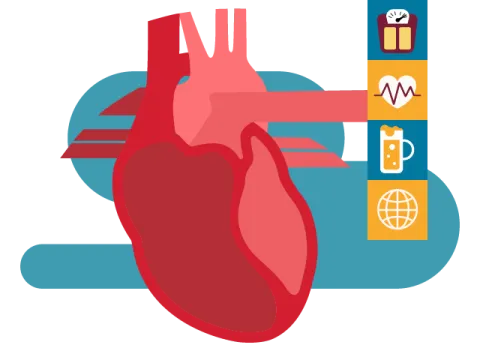Stroke death and disability: slowing the rising burden
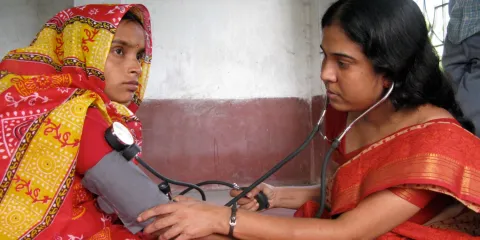
A recent World Stroke Organization - Lancet Neurology Commission projects an alarming increase in stroke mortality and disability-adjusted life-years by 2050, but success in reducing stroke incidence in high-income countries shows this doesn’t need to be the case. This blog looks at what is needed in developing countries to lower the burden.
One in four of us will have a stroke in our lifetimes. A stroke occurs when a blood vessel carrying oxygen to the brain is blocked by a clot or bursts. Worldwide, this remains the second leading cause of death, and a leading cause of dementia.
A recent World Stroke Organization - Lancet Neurology Commission based on comprehensive analysis of global data, projects a 50 percent increase in stroke mortality to 9.7 million and disability-adjusted life-years growing to over 189.3 million by 2050. And while the incidence of stroke has declined by 40 percent over the past four decades in high income countries, it has doubled in the rest of the world.
Nine of every ten deaths from stroke occur in low- and middle-income countries (LMICs), predominantly during people’s most productive years. The annual incidence rate of stroke in Africa is up to 316 per 100,000 individuals and in Asia, it varies widely by country, between 116 and 483 per 100 000 people per year.
The social cost of stroke and the death and disability it causes is inconceivably high, to families as well as societies and economies. The estimated treatment, rehabilitation, and indirect costs for stroke are projected to rise from US$891 billion per year in 2017 to US$2.31 trillion in 2050. This can be avoided because stroke is highly preventable and treatable, with just ten risk factors causing 90 percent of all strokes, including tobacco and alcohol use, hypertension, diabetes, obesity, high cholesterol, and a lack of physical activity.
Stroke care in developing countries: what’s needed to see it improve
Strokes that cannot be prevented can have their impact reduced, through early detection, treatment and rehabilitation. The main treatment for a stroke is currently a thrombolytic medication. A patient’s arm vein is injected with a thrombolytic to break up the blood clots that block blood flow to the brain. This procedure must be employed within four and half hours of the onset of stroke symptoms. For more severe strokes a procedure called mechanical thrombectomy, can also reduce disability and mortality but the procedure requires highly complex hospital facilities and well-trained specialists. Reducing the impact of stroke is all about getting the right treatment as quickly as possible after it happens. For people living in rural in rural areas in LMICs, simply getting to a hospital within this golden hour window for the treatment may be impossible. And there is no guarantee that hospital will have the adequate treatment available.
On the African continent for instance, neurology as a specialty is nearly absent with 0.03 neurologists for every 100,000 people compared to 4.84 per 100,000 in European countries, where the stroke burden is lower. Stroke is managed in general hospitals, and few countries have specialised stroke centers. Those which do are often lacking the care necessary for rehabilitation and follow-up care.
In Tanzania for instance 90 per cent of stroke survivors under the age of 45 are unable to resume work due to severe neurological disabilities. In Egypt, which offers some of the best stroke care on the African continent, 20 per cent of all patients discharged from acute stroke units in 2016 did not have further follow up with a stroke doctor and nor were 60 per cent of patients seen by a physiotherapist. The situation is compounded by low awareness of stroke in the community and among health professionals and policy makers, and a lack of robust data around stroke prevention, treatment and outcomes.
A Middle-East and North Africa regional success story
Egypt is a good example of how successful interventions against stroke have borne fruit. It has over 3100 neurologists, with the next highest number being in Algeria, which boasts 330. The lobbying of the Ain Shams University Hospital stroke team of the national Ministry of Health resulted in the number of stroke-ready hospitals in the country increasing from 20 in 2016 to 95 in 2020 with treatment procedures offered free of charge within national health benefits. The hospital has also launched an online stroke training program for health professionals serving rural communities, and introduced innovations such as tele-stroke in 2019, used routinely for consultation and education across Egypt and Africa.
When it comes to turning the tide on stroke related disease, the evidence of effective interventions is already in place. What is needed is a commitment to implementation, which will require strong organisations and networks that can advocate for care and research as well as leverage universal health coverage to drive equitable outcomes.
About the authors:
Sheila Martins is current President of the World Stroke Organization and has been a member of the WSO Board since 2008. She is neurologist, with a PhD in Stroke Neurology, and a Professor of Universidade Federal of Rio Grande do Sul / Hospital de Clínicas de Porto Alegre. She is also Chief of Neurology and Neurosurgery of Hospital Moinhos de Vento, Brazil.
Tamer Roushdy, MD. PhD, is a member of the World Stroke Organization and supervisor of the Ain Shams University (Cairo, Egypt) RESQ and SITS sites. He was the director of the stroke centre at Ain Shams University Specialized Hospital for two years and regularly trains junior neurologists in Egypt and other MENA countries, including a virtual training programme delivered to Somalia.
